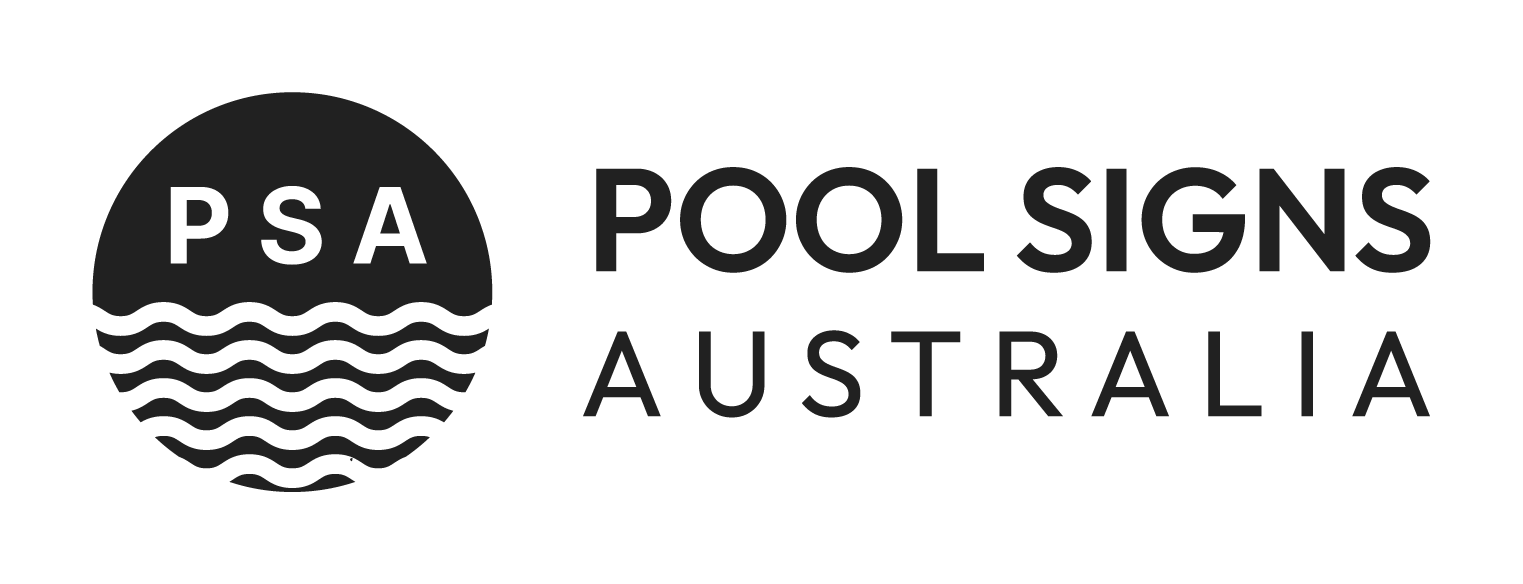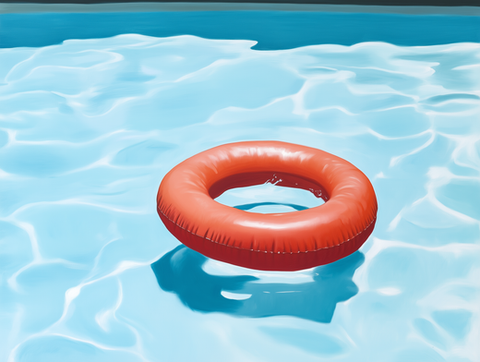When it comes to pool safety, selecting the right pool sign is crucial for ensuring compliance with Australian regulations and maintaining a safe environment. Given the unique challenges posed by Australia’s sun and weather, it’s essential to choose pool signs that can withstand the elements while remaining clear, visible, and effective.
This guide outlines the key factors to consider when selecting the best pool signs for your property, with a focus on the harsh Australian sun, rain, wind, and compliance with Cardiopulmonary Resuscitation (CPR) regulations.
1. Understanding CPR Requirements for Pool Areas
CPR regulations, mandated by Australian law, are vital for ensuring safety around swimming pools. CPR signage provides instructions on how to respond to emergencies, such as performing CPR. These signs are commonly required in public and commercial pool facilities and may also be recommended for private pools.
Essential pool safety signs in Australia include:
- CPR Instructions: Clear, step-by-step guidance on how to perform CPR in case of an emergency.
- Rescue Equipment Signage: Directions to the location of life rings, poles, or hooks.
- Warning Signs: Alerts about specific hazards such as slippery surfaces or deep water.
Ensure your chosen pool signs feature easy-to-understand instructions, comply with CPR requirements, and remain legible for all pool users.
2. The Impact of the Australian Sun on Pool Signs
Australia’s high UV radiation levels can cause pool signs to fade, deteriorate, and lose visibility. Selecting UV-resistant signs is essential to ensure they remain effective under prolonged sun exposure.
What to look for:
- UV-Resistant Materials: Opt for signs made from UV-stabilised plastics or aluminium with a UV-resistant coating to prevent fading, cracking, or peeling.
- Reflective and High-Contrast Designs: Use reflective signs or those with high-contrast colours (e.g., white text on a dark background) for better visibility in bright sunlight.
Durable, sun-resistant materials ensure your signs remain legible and functional even under Australia’s intense sun.
3. Dealing with Rain and Moisture
Australia’s unpredictable weather, including heavy rainfall and humidity, can damage pool signs. To withstand constant exposure to moisture, select materials designed for wet conditions.
Key considerations:
- Waterproof Materials: Choose signs made from high-quality plastic or anodised aluminium to prevent water damage.
- Rust-Resistant Coatings: If using metal signs, ensure they have a rust-resistant finish to avoid corrosion.
- Durable Inks and Paints: Use weatherproof, UV-resistant inks that won’t fade or run when exposed to rain.
By selecting waterproof and rust-resistant materials, you’ll ensure your pool signs remain intact and visible in all weather conditions.
4. Wind Resistance and Stability
Strong winds, especially in coastal areas, can pose a challenge to pool signage. Lightweight or poorly secured signs may be damaged or displaced, compromising their effectiveness.
Solutions for wind resistance:
- Heavy-Duty Frames and Mounting: Choose signs with sturdy frames and secure mounting options, such as posts or fence attachments.
- Wind-Resistant Materials: Opt for thicker plastics or reinforced metal signs that are less prone to bending or breaking.
- Non-Tip Designs: For portable signs, consider weighted bases to prevent tipping in high winds.
Properly securing your pool signs ensures they remain in place and functional, even in windy conditions.
5. Size and Visibility
Pool signs need to be large and prominent to be effective, especially in emergencies. Signs that are too small or poorly placed may go unnoticed.
Guidelines for size and visibility:
- Bold, Clear Fonts: Use large, easy-to-read fonts with simple language and universally recognisable symbols.
- Strategic Placement: Position signs at entry points, near the poolside, and close to rescue equipment for maximum visibility.
- Compliance with Regulations: Ensure your signs meet or exceed Australian standards for size and visibility.
Well-placed and adequately sized signs make safety information accessible and easy to locate in critical situations.
6. Durability and Longevity
To maximise safety and minimise replacement costs, invest in durable pool signs designed to last in Australia’s challenging climate.
Durable features to prioritise:
- Long-Lasting Materials: UV-resistant plastics, anodised aluminium, and high-density polyethylene (HDPE) are ideal for durability.
- Weatherproof Coatings: Protect your signs with coatings that resist fading, rust, and water damage.
- Regular Maintenance: Inspect signs periodically for wear and tear. Replace faded, damaged, or illegible signs as needed.
Durable signs ensure continuous compliance and safety, providing long-term value for your pool area.
Selecting the right pool signs involves careful consideration of CPR requirements, Australia’s extreme weather, and the need for durability and visibility. By choosing signs made from UV-resistant, waterproof, and wind-resistant materials, and ensuring they are large, clear, and strategically placed, you can maintain a safe and compliant pool environment.
Investing in high-quality pool signage is an investment in safety, helping to protect lives and ensuring your property remains a secure and welcoming space for years to come.



